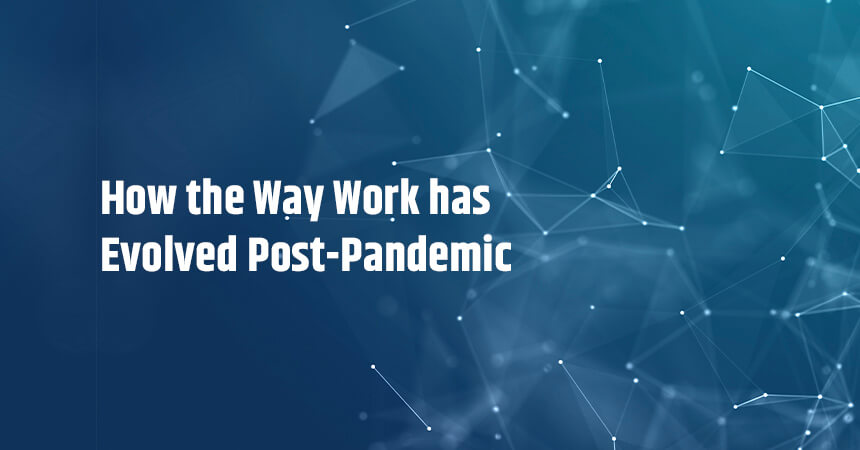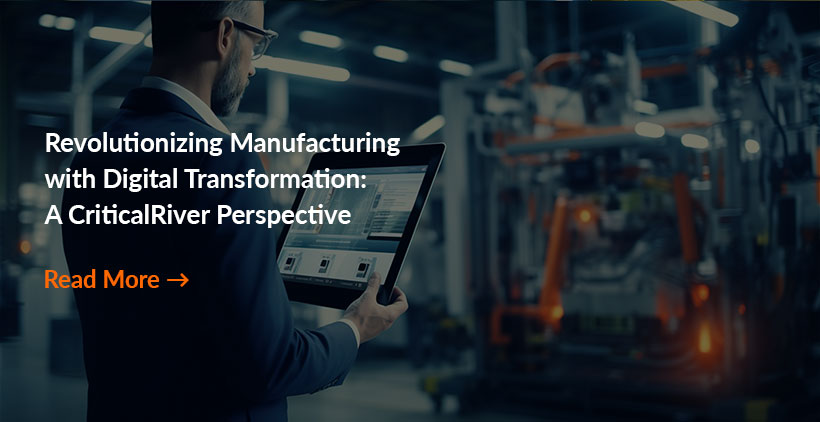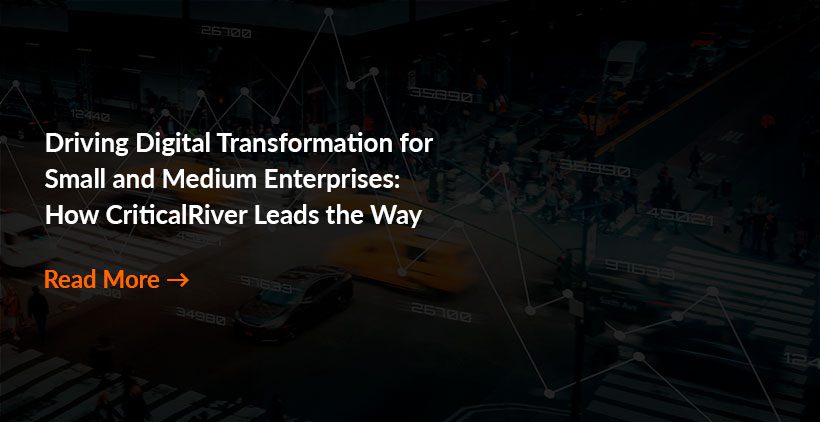The Covid-19 pandemic has changed the work arena. As startling as it has been, the disruption has changed the way employee, employers, and businesses are operating; it has changed the dynamics of work culture for good. The tech industry is accustomed to occasional remote work culture. It has the tools and techniques to encourage employees to work from home. However, beginning in March 2020, every industry is leveraging the situation’s demand and turning to a remote working environment.
Workers in every industry are adopting new tools and technologies to work from outside the office. Although the work environment inevitably changes every few years, the changes we’ve encountered in 2020 are surely expedited, unforeseen and some forced. Businesses have realized the benefits of employee autonomy, individual accountability, and a further distributed workforce. The layers of hierarchy within an organization are shrinking, and there is more engagement between management and teams. The way we work has changed and for the best.


New Outlook
While technology is taking over work that people did previously, employees will do activities that add more value. Artificial Intelligence (AI) and machines are taking over the mundane work, while the meaning of work for the employees is changing to a more empathetic and all-encompassing one. All statistics show an apparent increase in productivity; employers and employees are amidst a learning curve where they set new boundaries and delegate a better work-life balance while promoting agility.
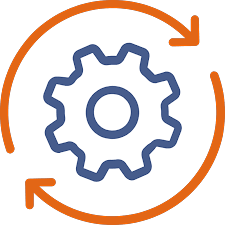
Changing Requirements
The office rules, patterns, check-ins, check-outs, etc., have changed. Employees are concerned about showing productivity and results; everything else has become irrelevant. Wherever they’re present physically, employees do not spend time in management practices, work breaks, office-social life, and other traditional work patterns. The roles have reversed; employers are now responsible for providing quality employee experience and checking in with their employees’ needs.
Traditionally, the management was checking up on its employees. Now, it has to check in to provide sufficient resources and tools for the employees to get the job done. In-person work is diminishing, and work distribution has taken precedence. Employees are more empowered, and the relationship between an employee and manager has changed for the better.
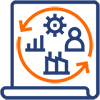
Transformed Working Model
A distributed workforce has replaced the centralized business model. There is no rigid solution that has to be followed by everyone. Since all the employees (most of them) are working out of the office. There are no one set of rules to follow. The working model has changed. It is not a one-size-fits-all kind of a model anymore. Digital assistants are becoming relevant; digital experiences are replacing human engagement.
Data plays a significant role, even before the pandemic- organizations were fully transitioning towards a data-driven model to run their businesses efficiently. However, it has accelerated and going forward, and organizations will solely depend on data, leverage SaaS business applications, and make better data-driven decisions.

People at the Core
The ever-changing technology is always looking for ways to create a faster mobile or a better app experience. Digitization efforts are diverting towards finding out what’s best for people. It is undoubtedly driving efficiency and using data for it.
Data-driven solutions and applications are helping organizations to build better connections within a distributed working model. While data is paramount, it is essential to have the right data, know what to do with it, and extract value from that data.

Working Smarter
While managing the sudden changes, employers and employees have realized the benefits of measuring impact rather than measuring people. The way organizations measure success has changed. Organizations have begun to start working differently, for the sake of its people, and to stay relevant in the future; they’re getting better at collecting data and focusing on the right things, they’re able to make greater profits, have a better retention rate, promotion rate, etc. New normal is embraced in terms of work-related advancements. Organizations are measuring impacts and are not getting bogged down with just project-level successes and failures.
